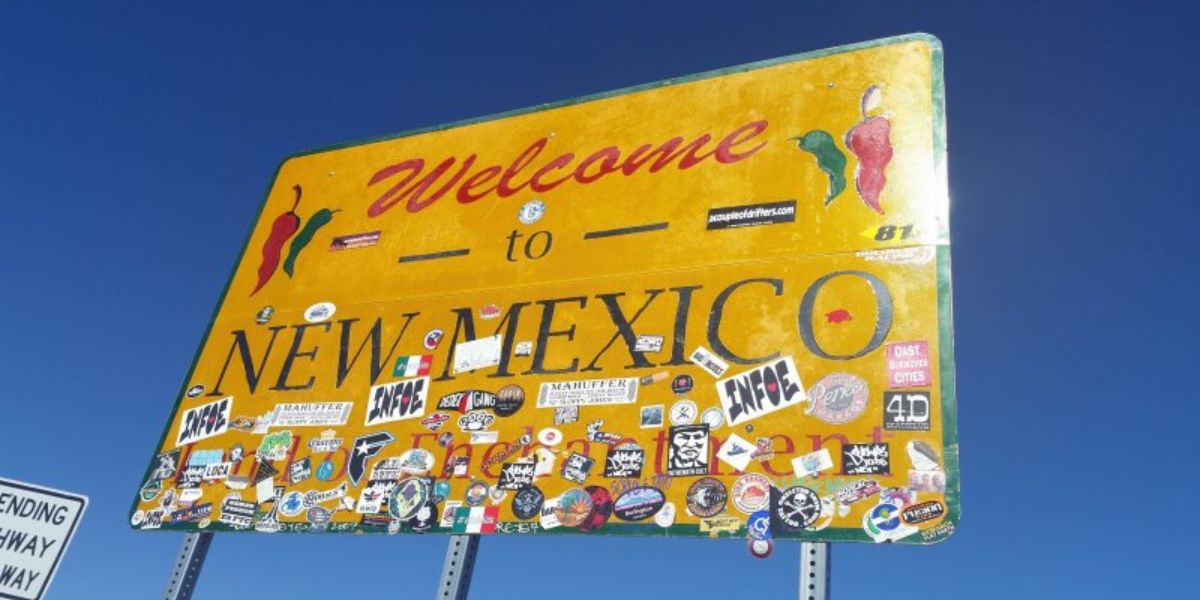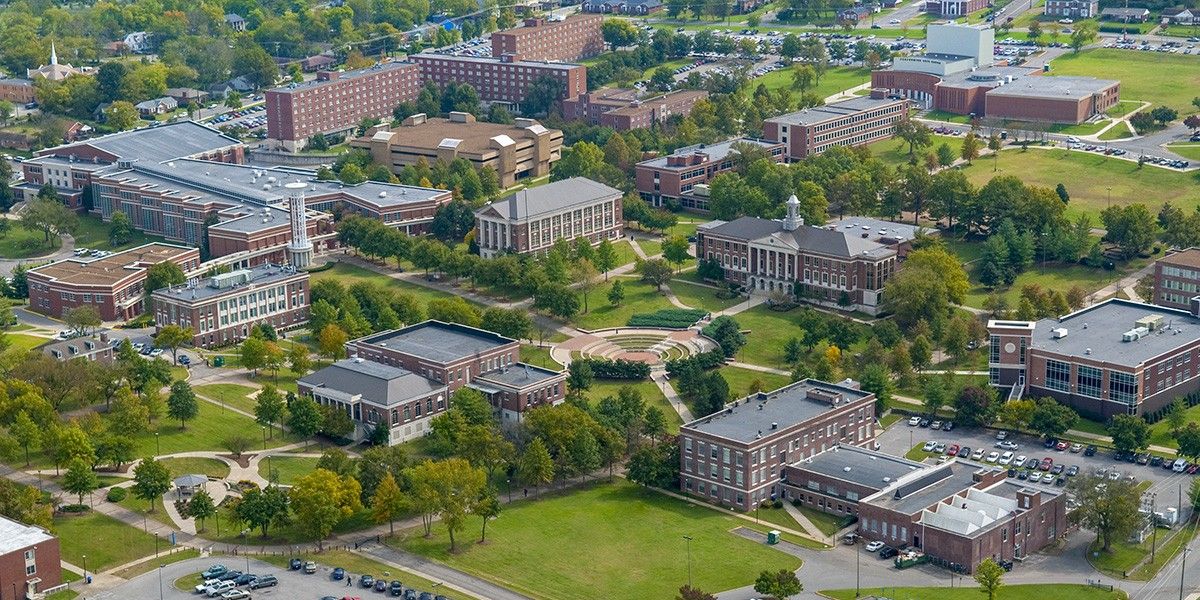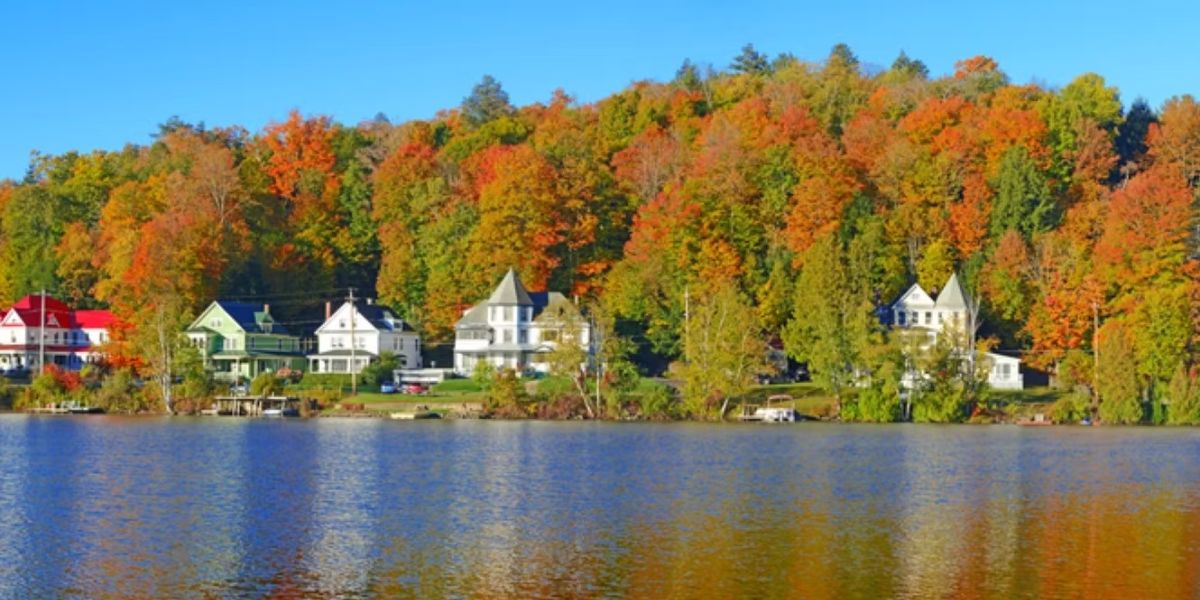The state’s Republican governor hosted an energy conference on Tuesday that was criticized by environmentalists for encouraging new oil and gas drilling and ignoring the climate crisis.
The conference was attended by top Trump administration officials, who had just returned from a tour of one of the nation’s largest oil fields in the Alaska Arctic.
Outside of Governor Mike Dunleavy’s annual Alaska Sustainable Energy Conference in Anchorage, where keynote speakers included Environmental Protection Agency Administrator Lee Zeldin, Energy Secretary Chris Wright, and U.S. Interior Secretary Doug Burgum, there were several dozen protesters.
The government officials were continuing their multi-day tour to draw attention to President Donald Trump’s efforts to increase mining, logging, and oil and gas drilling in the state.
The tour has included visits to the Prudhoe Bay oil field near the Arctic Ocean, where selfies were taken close to the 800-mile (1,287-kilometer) trans-Alaska oil pipeline, and talks with pro-drilling organizations and politicians, including some Alaska Native chiefs on the petroleum-rich North Slope.
Sarah Furman, a protester outside the Anchorage convention hall, used signs bearing the slogans “Alaska is Not for Sale” and “Protect our Public Lands” to argue that calls for more oil and gas drilling, including Trump’s renewed focus on building a massive liquefied natural gas project, are “false solutions” to energy needs and climate concerns.
“We find it really disingenuous that they’re hosting this conference and not talking about real solutions,” she stated.
Mining, carbon management, nuclear energy, renewables, and hydrogen are among the other topics covered during the conference, which ends on Thursday. For many years, oil has been the backbone of Alaska’s economy, and despite praising other energy options in the state, Dunleavy has remained a supporter of fossil fuels.
Rochelle Adams, a Gwich’in protester, expressed worries about the continuous effort to permit oil and gas drilling on the Arctic National Wildlife Refuge’s coastal plain. Because the caribou they depend on calve on the coastal plain, Gwich’in leaders have stated that they view it as sacred.
The Iñupiaq village of Kaktovik, located within the refuge, has welcomed Trump’s interest in resuming a lease program there and supports drilling as economically critical, as do Alaska political leaders.
“When these people come from outside to take and take and take, we are going to be left with the aftereffects,” Adams said, continuing later: “It’s our health that will be impacted. It’s our wellness, our ways of life.”
During a cordial Q&A session organized by Dunleavy, Zeldin stated that the animals he observed on the North Slope didn’t look “victims of their surroundings” and instead appeared “happy.”
Wildlife and development can coexist, Burgum stated in response to a proposal for more drilling in the National Petroleum Reserve-Alaska. During his trip to Alaska, his agency stated that it will lift limits imposed by Biden on future industrial development and leasing in areas of the petroleum preserve that are classified as unique for their wildlife, subsistence, or other values.
The concept of policies “in the name of climate change” that, according to Wright, would not affect the phenomenon in any way infuriated him. According to him, the demand for oil remains unchanged if Alaskan oil production is stopped.
“You know, we hear terms like clean energy and renewable energy. These are inaccurate marketing terms,” he stated. “There is no energy source that does not take significant materials, land and impact on the environment to produce. Zero.”
Officials try to get Asian nations to back the gas project.
Read Also: L.A. County to Pay $2.7M Settlement to Teen Attacked in Detention Center Fights
Representatives from Asian nations, such as Japan, South Korea, the Philippines, Taiwan, and the United Arab Emirates, joined the U.S. officials on part of their tour.
The Alaska gas project, which has struggled for years to gather traction due to cost and other issues, is being courted by Asian nations to join on.
With a primary focus on liquefied natural gas exports, the project’s proposed pipeline would transport gas from the North Slope to the port over a distance of around 810 miles (1,300 kilometers).
Wright informed reporters that one of the reasons they were invited to the Prudhoe Bay stop was so they could interact with locals and business executives and observe the surroundings and infrastructure of the oil pipeline.
The company spearheading the project’s advancement, Glenfarne Alaska LNG LLC, claimed on Tuesday that many “potential partners” had expressed interest.
Before deciding whether to proceed, the project’s costs, which have been estimated at about $44 billion for the pipeline and associated infrastructure, are being finalized.






